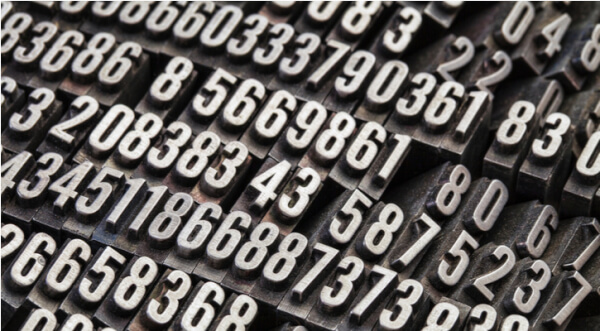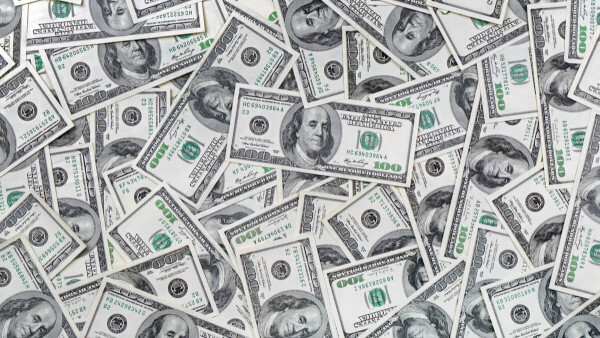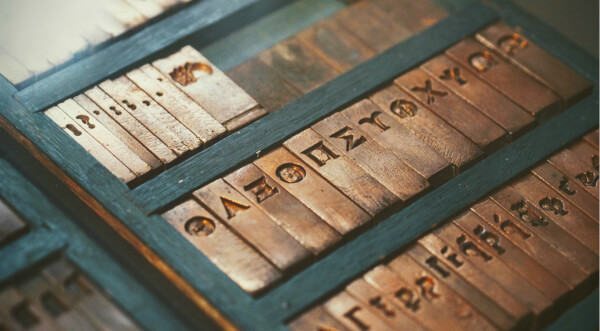How do I transfer money from my U.S. bank account? (Full guide)
If you want to transfer money to your US bank account, but not sure how, you've come to the right place. In this guide, we'll show you the answer.

Quite simply, a bank code is the numerical code assigned to a specific bank in order to identify it during financial transactions such as bank transfers.
The codes are national, and are generally assigned by a country’s central bank, or banking body.
UK banks use a 6 digit sort-code to identify the different institutions - for example the code for TSB in Bradford is 77-71-13 and Taunton’s branch of HSBC is 40-44-04. The first two digits identify the bank (TSB is 77, HSBC is 40), and the rest of the number identifies the branch. They were introduced in the 1960s as the banking industry started automating more of its processes. You can usually find your sort-code on the back of your debit card or on your bank statement.
IBAN stands for International Bank Account Number and is the number that identifies any bank account in the EU, as well as Norway, Switzerland and Liechtenstein. It is used to make sure international payments are sent straight to the correct bank account. Before IBAN, the different account number formats and bank information codes made international transfers slow and awkward. An IBAN number is constructed as follows:
For example, an account at Bradford’s TSB branch with the number 46578936 would look, in IBAN form, like this: GB38LOYD77711346578936
Until recently, BIC stood for Bank Identifier Code, but that has now changed to Business Identifier Code. BIC codes are managed by SWIFT - for more information on that, take a look at our article about the SWIFT network.
BIC codes are used to identify specific businesses - most commonly banks. In the UK, the first four characters of a BIC code form part of the IBAN as well. To see how a BIC code is made up, take a look at our BIC code toolkit.
BIC codes are also known as SWIFT (or SWIFTBIC) codes, which can be confusing, but SWIFT payment codes are the same thing as a BIC.
A National Clearing Code (NCC) is needed for making a payment to an account that doesn’t have an IBAN. They are also known as Routing Codes. If you have a SWIFT/BIC or IBAN code then you don’t need an NCC. These days they are mostly used for payments outside the EU.
For more information on non-EU banking codes, check out our article about IFSC, BSB, NUBAN and Hong Kong Clearing Codes.
*Please see terms of use and product availability for your region or visit Wise fees and pricing for the most up to date pricing and fee information.
This publication is provided for general information purposes and does not constitute legal, tax or other professional advice from Wise Payments Limited or its subsidiaries and its affiliates, and it is not intended as a substitute for obtaining advice from a financial advisor or any other professional.
We make no representations, warranties or guarantees, whether expressed or implied, that the content in the publication is accurate, complete or up to date.

If you want to transfer money to your US bank account, but not sure how, you've come to the right place. In this guide, we'll show you the answer.

What are BSB numbers in banking & how do they work? Do you want to find out more about BSB codes? Read more here.

Your full guide to US banking expressions, from ABA to wire.

Your full guide to what is SWIFT and its meaning in banking.

Sending money abroad should be easy, but there might be some terms you aren't familiar with. So, we'll show you the difference between IBAN vs SWIFT codes.

IOF is a tax on various types of financial transactions in Brazil — including foreign exchange, investments, and credit. It’s levied at a range of rates...